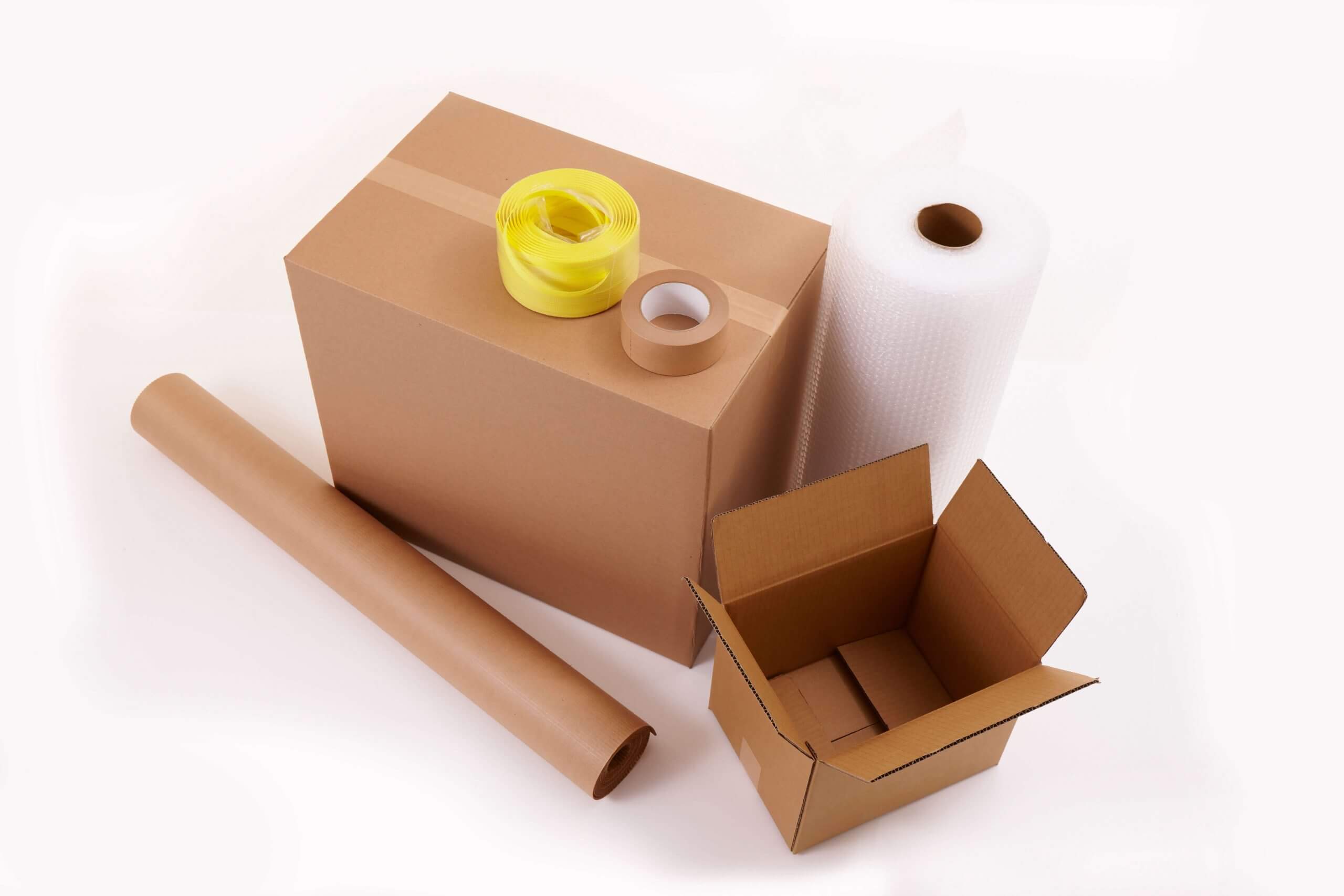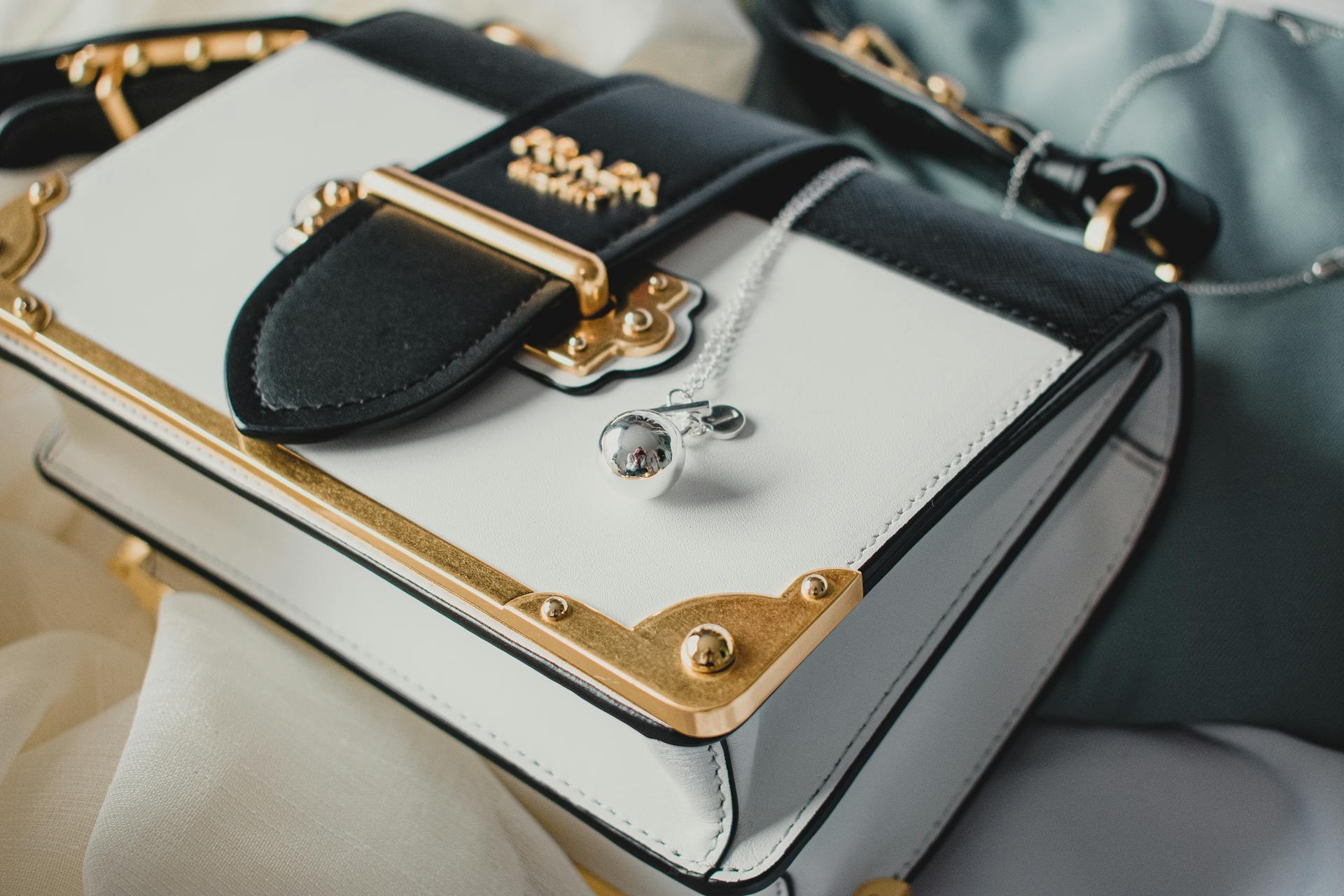Whether you’re a casual collector or have walls that rival the Louvre, mastering how to pack paintings for moving should be considered an art itself. It’s not just about bubble wrap and boxes – there’s a lot that goes into relocating your treasured canvases without creating unintentional abstract pieces. Let’s wrap up this challenge and turn you into a packing Picasso!

Brush Strokes to Safe Transit – How to Pack Paintings for a Move
Packing art to safely move it starts with a gentle clean and then enveloping it in glassine paper to prevent scratches. This layer should be followed by bubble wrap for added protection. Place your artwork in a specialized picture box, filling any gaps with packing peanuts. Seal, label as “Fragile Artwork,” and keep the box vertical during transit for added security.
Canvas Catastrophes – Dodging the Hazards of Painting Relocation
According to the art market research done by Statista, China takes the first place when it comes to auctions. But don’t count the US out just yet – it still holds around 43% of the global art market. It seems like just about everyone stateside has that one special piece that tugs at their heartstrings.
Pricey or not, when it’s time to move – particularly across the globe – you’ll want to keep your artwork as safe as a secret. But before we delve into any more detail, let’s scout those sneaky hazards that can turn your relocation into a tragic art story:
- Scrapes and scratches during transit,
- Moisture from unpredictable weather,
- Pressure from overstacked items,
- Vibrations that can loosen the canvas,
- Accidental falls during loading and unloading.

Here’s Your Art Armor – Essential Packing Supplies for Gallery-Worthy Moves
When you’re figuring out how to pack art for moving abroad, think of high-quality protective materials as your golden ticket to a smooth experience. They’re going to stick with your prized pieces through thick and thin, literally. That’s why you don’t just toss them with the rest of your belongings and hope for the best.
With the right packing materials, you can turn those potential tragedies and relocation mistakes into a seamless transition with no space for moving stress. No matter if you’re preparing for shipping overseas or for a simple relocation to Canada, here are the materials you’ll need to ensure each and every canvas arrives in mint condition:
| Type Of Paper | Description |
|---|---|
| Acid-Free Paper | A non-reactive type of paper that prevents discoloration |
| Glassine Paper | A smooth, glossy paper that protects against smudges and moisture |
| Bubble Wrap | The air-filled bubbles cushion against shocks and impacts |
| Packing Paper | Soft materials that fill voids and wrap items for scratch protection |
| Foam Corners | Molded foam pieces that guard the corners of framed artwork |
| Sturdy Cardboard | Thick cardboard sheets that provide a firm barrier |
| Wooden Crates | Custom-built wooden boxes that offer the highest level of protection |
Your Artwork Inventory Will Help You Figure Out How Much Material You’ll Need
Having a detailed relocation checklist for your personal gallery is like having a map before you set sail. This inventory will show you exactly what you’ve got and how much material you’ll need to cover the journey. Without a doubt, this is the key ingredient to pack efficiently. And hey, if you’re not up for playing Tetris with your art collection, you can always get help from a reputable overseas moving company such as I Love International Moving.

Art in Transit – A Step-By-Step Guide to Packing Your Prized Pieces for a Safe Journey
Moving internationally is always a challenge, especially if you’re bringing your favorite art pieces along for the journey. You want to ensure that every brushstroke and hue makes it without a blemish. When it comes to this attention to detail, it’s similar to packing fragile items – moreover, you might have some pieces that fully belong to this category.
So, let’s break down the whole ordeal into simple, foolproof steps, ensuring your art travels first-class:
First off, let’s talk about cleanliness. Grab a soft, lint-free cloth and give your paintings a tender wipe-down. This should get rid of those tiny dust particles that can scratch or scuff your art when it’s on the move. And unless they’re safe for the type of painting you’re dealing with, make sure to keep those cleaning potions in the cabinet.
Once the piece is nice and dust-free, wrap it up with glassine or acid-free paper. This layer is like that friend who always has your back, keeping your painting safe from anything that might want to cuddle up too close, scratches and moisture included. Lay down the paper, gently placing the painting face down onto it. Make sure to smooth out any creases or bubbles – these materials should cling to your art like a second skin.
Now, let’s talk about bubble wrap. Think of it as the ultimate defender against the jostles and jolts of the journey. Wrap your art piece with enough layers to cushion against minor impacts, but not so tightly that it compresses the canvas. You want to strike a balance between protection and pressure. Ensure that the bubbles face outward to avoid leaving marks on the art surface.
If you need an extra layer of protection, place foam corners carefully on each edge of the painting. With everything snugly wrapped, use packing tape to seal the bubble or foam wrap. The tape should only touch the wrapping material, never the art itself. There’s no reason to have a fear of moving these pieces as long as you make sure every gap is covered.
If you’re using cardboard, opt for double-walled varieties for added strength. However, wooden crates are the gold standard for moving overseas, offering unparalleled protection against pressure and the elements. When placing your wrapped artwork inside, the goal is to prevent any movement.
Use crumpled paper, foam, or even your own folded clothes. Seal the box with strong packing tape, reinforce the corners, and label every side with “Fragile Artwork.” If you’re hiring movers, this will give them clear instructions to treat the box with utmost care.
Always Tailor Your Approach to the Specifics of Your Pieces
While we’ve sketched out a general roadmap for this task, remember – the devil is in the details. Each piece has its own quirks, and this is what makes collecting them exciting, after all. Therefore, your approach should adapt accordingly.
How to Pack Framed Art for Moving
Chances are some of the pieces you’ll be dealing with are framed beauties. Therefore, knowing how to pack framed pictures for moving can make or break the whole process. It’s best to take the paintings out of their frames and wrap them on their own, treating them with the same respect as the art they hold.
How to Handle Acrylic, Watercolor, and Oil Paintings
Similar to how different painting techniques come with their own set of rules, each type of painting will require a specific approach when boxing them up. Here are the main packing tips for each one:
- Acrylic – while they’re pretty durable, these pieces can still suffer from scratches or pressure marks, so make sure to use a layer of acid-free paper before bubble wrapping,
- Watercolor – they can be easily damaged by moisture, so ensure they’re completely dry and sealed with a protective layer of glassine paper,
- Oil – these pieces need to breathe, so don’t wrap them too tightly and keep the padding loose.
How to Deal With Large or Unusually Shaped Pieces
Got a piece that’s kind of like an elephant in the room? Packing large or oddly shaped artwork is a bit like moving furniture. You’ll need to measure, plan, and maybe even custom-build a crate for the journey. Just like you wouldn’t cram a couch through a door if it doesn’t fit, don’t force your large art into a box that’s too snug. Give it room to breathe and ensure it’s well-protected on all sides.

Call in the Cavalry – Enlisting the Help From an Overseas Shipping Company for Your Priceless Portraits
When your art is more than just canvas and paint – when it’s a slice of history or a hefty investment – choosing a relocation company isn’t just an option but a necessity. Professional shipping companies specialize in treating your treasures with the reverence they deserve. You let them handle the heavy lifting and the logistics that come with relocating across the world while you can focus on preparing for that inevitable culture shock.
A reputable international moving company will offer packing services that go well beyond loading and unloading your belongings. They can roll out the red carpet with not just materials but custom crating solutions, too. This means your art gets a first-class ticket nestled in a crate that fits like a glove.
Wrapping up Your Art’s Big Move With a Masterpiece Migration
From the initial gentle clean to the final snug placement in its travel abode, transporting your art is an art in itself. Remember, the right materials, a touch of patience, and a dash of care can make all the difference in ensuring your pieces arrive in gallery condition.
Ready to give your collection the red carpet ride it deserves? International moving services provided by the expert team of I Love International Moving promise safe travels for all of your precious cargo. Get in touch with us, and let’s make your move a masterpiece of its own!
FAQ
Stacking paintings directly on top of each other is risky, so it’s better to avoid it. If you must, place a sturdy, padded separator between each piece and ensure they’re securely wrapped to prevent any movement or friction.
The best way to pack multiple small paintings is to wrap each one individually with acid-free paper and bubble wrap, then place them side by side in a padded, compartmentalized box, with each section snugly fitting the size of the painting.
To combat moisture when packing paintings, include silica gel packets when packing to absorb excess moisture, and make sure the storage area is climate-controlled or at least free from drastic temperature changes.
Yes, you should insure your paintings during a move, especially if they are valuable. Art insurance can provide coverage for damage or loss, giving you financial protection and peace of mind.
If a painting gets damaged during the move, document the damage with photos immediately, notify the moving company to report the claim, and consult a professional conservator to assess and potentially restore the artwork.











